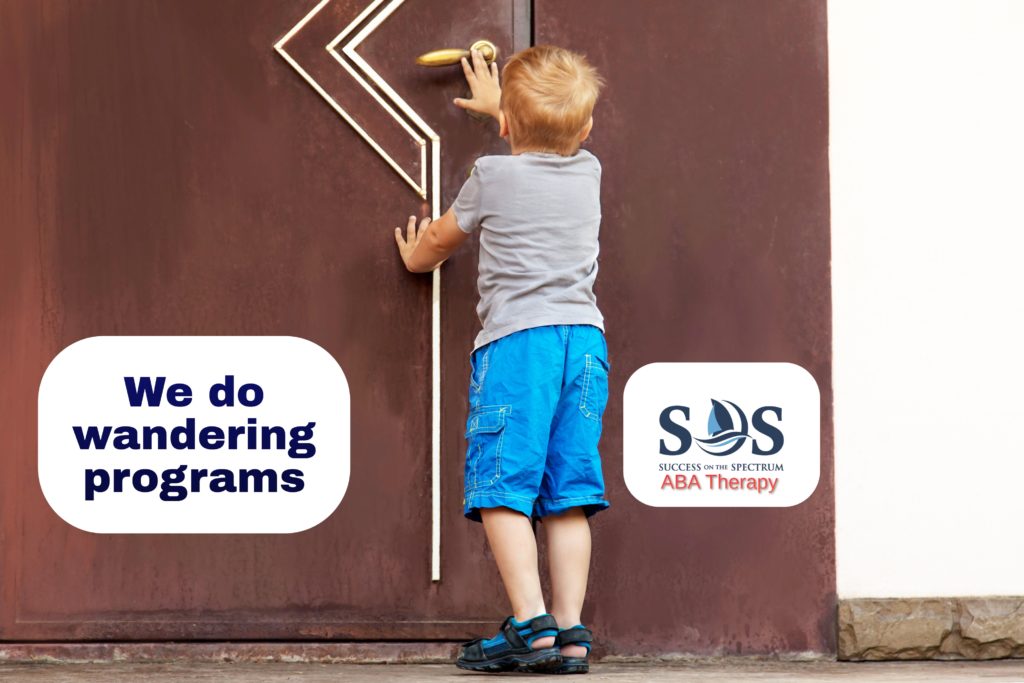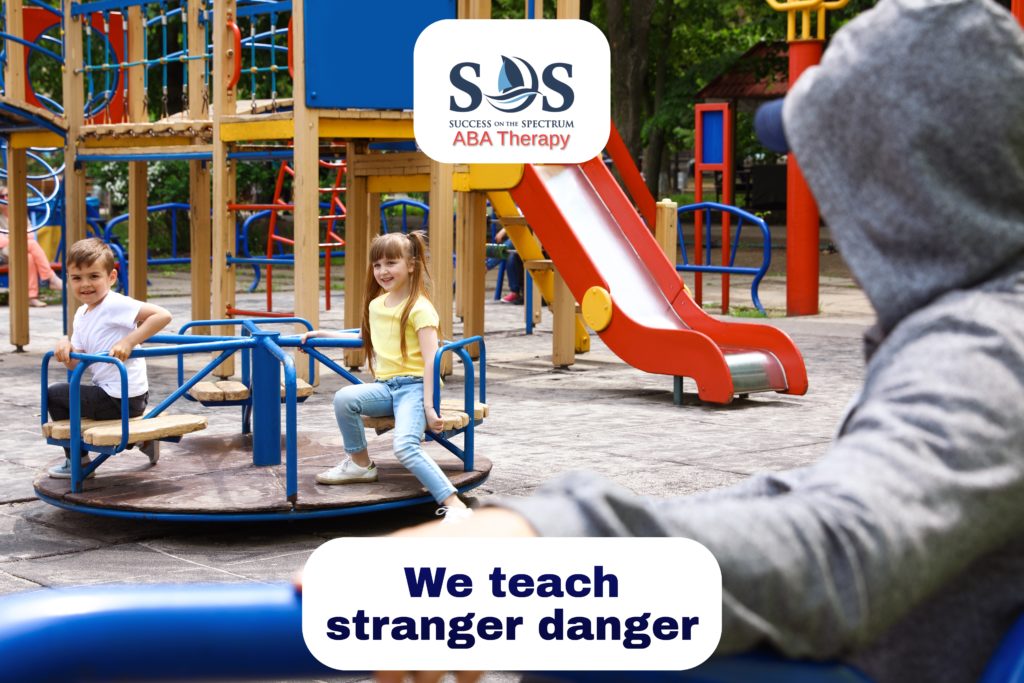Occupational therapy for autism in Lithia, FL, plays a vital role in supporting children as they develop essential life skills. Through structured, individualized sessions, occupational therapy helps children with autism improve motor coordination, sensory processing, and self-care abilities. These targeted interventions are designed to meet each child’s unique developmental needs, allowing for steady progress in daily routines and social engagement.
By addressing challenges early, occupational therapy can significantly enhance a child’s ability to navigate their environment with greater independence and confidence. Families in Lithia benefit from access to specialized care that fosters meaningful growth and long-term success through consistent, goal-oriented support.
1. Expanding Daily Functioning with Pediatric OT for Autism Near Valrico
Pediatric OT for autism near Valrico provides children with targeted strategies to strengthen their ability to manage daily routines with increased independence. Occupational therapy (OT) focuses on building essential life skills such as dressing, eating, grooming, and other self-care tasks. These foundational abilities are critical for promoting home, school, and community autonomy.Strengthening Basic Self-Care Skills
Children with autism often experience challenges with tasks that require coordination, focus, or sensory processing. Pediatric OT addresses these areas through consistent, individualized interventions.- Dressing and hygiene routines: Therapists use step-by-step instruction and repetition to teach skills like buttoning, brushing teeth, and washing hands
- Feeding and utensil use: Exercises improve hand control and promote tolerance of new textures or food types
- Toileting support: Children learn routines and techniques for managing toileting with greater confidence
Supporting Routine and Transitions
In addition to self-care, occupational therapists help children manage transitions and routines that can be difficult for those with autism. Structured interventions make daily changes more predictable and manageable.- Visual schedules: Provide clear structure to reduce anxiety around shifting tasks
- Task sequencing: Helps children understand the order and steps needed for multi-part activities
- Reinforcement systems: Encourage participation and success through positive feedback
2. How OT Improves Social Skills for Autistic Kids in Lithia
Occupational therapy plays a valuable role in developing and reinforcing social skills for children with autism. Through structured and individualized approaches, therapists help children in Lithia understand, practice, and apply appropriate social behaviors in various settings. OT supports meaningful engagement with others by focusing on social communication, emotional regulation, and peer interaction.Teaching Core Social Communication Skills
Occupational therapists address fundamental aspects of social interaction that children with autism may find challenging. These include interpreting body language, making eye contact, and conversing.- Initiating and maintaining conversations: Children practice greetings, turn-taking, and asking questions
- Reading social cues: Activities help children recognize facial expressions, gestures, and tone of voice
- Joint attention tasks: Improve shared focus and interaction with peers or adults during play or group activities
Practicing Social Behavior in Structured Settings
Therapists use guided environments that mimic real-world scenarios to help children generalize social skills. These activities allow children to apply their learning in safe, supportive contexts.- Role-playing exercises: Simulate common social situations such as sharing, waiting, or cooperating in a group
- Peer interaction groups: Encourage practice with other children under the therapist’s supervision
- Social stories and scripts: Provide clear examples of expected behaviors in specific settings
3. Best Sensory Integration Therapy for Autism in FishHawk Ranch
Sensory integration therapy is a key component of occupational therapy for children with autism, especially for those who experience difficulty processing sensory information. The best sensory integration therapy for autism in FishHawk Ranch uses structured, evidence-based methods to help children respond more appropriately to sensory input, which can greatly improve focus, behavior, and daily participation.Addressing Sensory Processing Challenges
Many children with autism are either hypersensitive or under-responsive to sensory stimuli. Occupational therapists work to help children regulate their responses in a calm and consistent environment.- Tactile desensitization activities: Support tolerance for touch, textures, and grooming routines
- Proprioceptive input exercises: Use weight-bearing and movement to increase body awareness
- Vestibular stimulation: Incorporates controlled activities like swinging or balancing to improve spatial orientation
Creating a Supportive Sensory Environment
Therapists design sessions in a sensory-friendly setting to reduce overstimulation and promote engagement. This setting can be modified as the child progresses, encouraging flexibility and adaptation.- Sensory gyms: Provide a variety of tools like swings, crash pads, and textured surfaces
- Calming strategies: Teach techniques such as deep pressure or breathing exercises
- Sensory routines for home use: Extend strategies beyond the clinic to reinforce regulation in everyday environments
4. Building Fine Motor Skills for School and Home Activities
Fine motor development is a fundamental aspect of occupational therapy for children with autism. Strengthening fine motor skills improves a child’s ability to perform everyday tasks at school and home, such as writing, eating, and dressing. Therapy sessions are designed to target hand strength, coordination, and precision through structured, goal-oriented activities.Enhancing Hand Strength and Dexterity
Children with autism may experience grip strength, finger control, and bilateral coordination challenges. Occupational therapists use repetitive, engaging exercises to improve these skills over time.- Therapeutic play: Activities like squeezing therapy putty or manipulating small objects build hand muscles
- Tool use training: Practice with scissors, pencils, and tweezers improves functional hand use
- Two-hand coordination tasks: Tasks such as stringing beads or lacing cards promote bilateral coordination
Supporting Functional Use of Fine Motor Skills
Therapists introduce tasks that mirror real-life activities once foundational strength and coordination are established. These tasks promote independence and reinforce classroom readiness.- Writing and drawing practice: Encourages pencil grasp, letter formation, and sustained hand use
- Self-care routines: Focus on buttoning shirts, using utensils, or opening containers
- Classroom task simulations: Help children adjust to the fine motor demands of a learning environment
5. Increasing Confidence and Independence Through Targeted Interventions
Occupational therapy focuses on skill development and building a child’s confidence and independence. For children with autism, targeted interventions provide structured support that encourages gradual mastery of tasks. As children gain control over daily routines and social interactions, their self-esteem and ability to function independently also improve.Empowering Children with Functional Goals
Individualized therapy plans are created based on a detailed understanding of each child’s abilities and needs. These plans aim to support both short-term accomplishments and long-term growth.- Realistic, measurable goals: Objectives are tailored to achievable outcomes within a set timeframe
- Reinforcement strategies: Positive reinforcement is used to encourage effort and persistence
- Child-led activities: Engagement in preferred tasks helps increase motivation and success
Encouraging Independent Problem-Solving
Occupational therapists introduce structured opportunities for children to make choices, solve problems, and complete tasks with minimal assistance. These experiences are essential for developing independence in daily life.- Decision-making activities: Children learn to choose between tasks or strategies that suit their needs
- Routine-building: Structured sequences help children take ownership of daily responsibilities
- Error-tolerant learning environments: Therapists create safe spaces where children can try, adjust, and succeed




